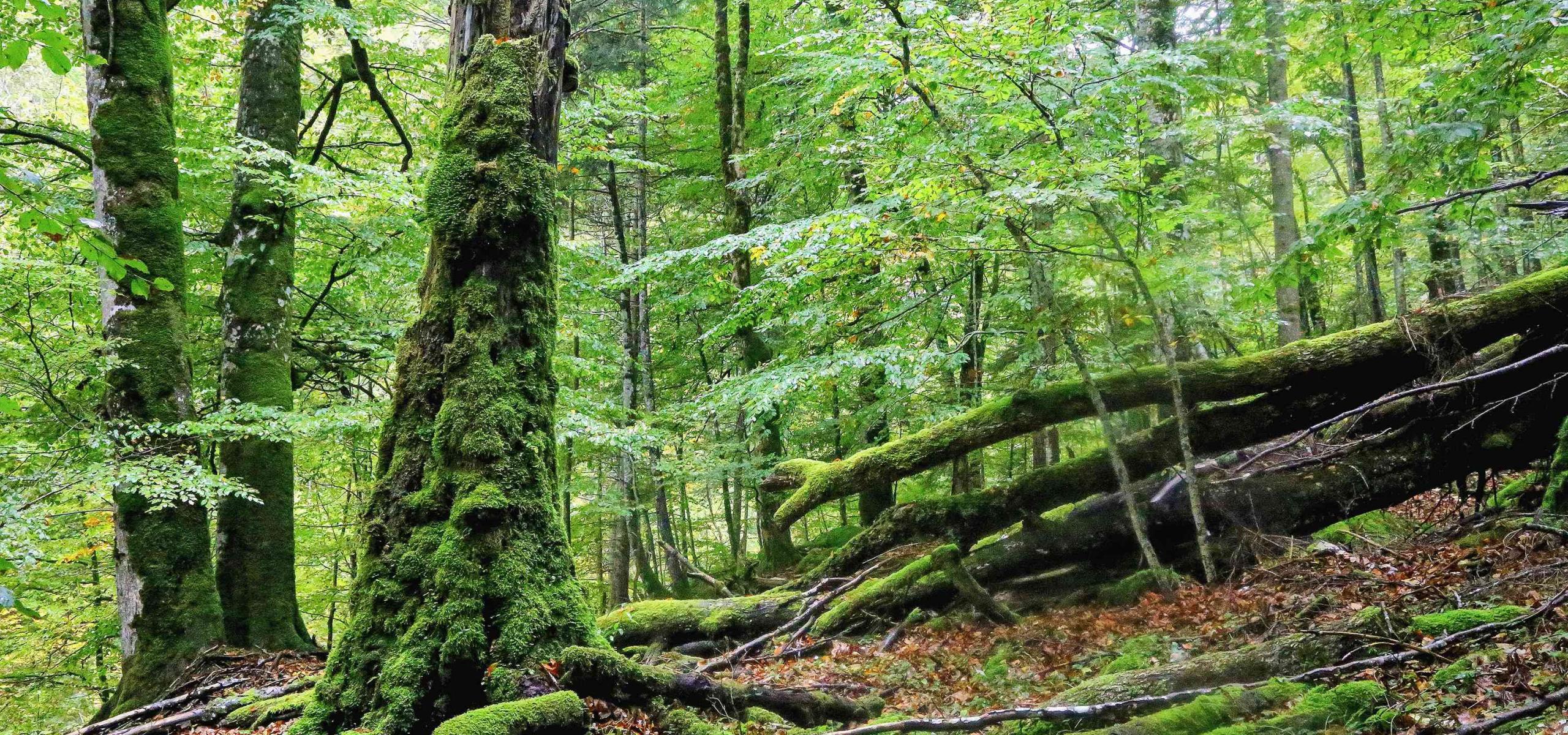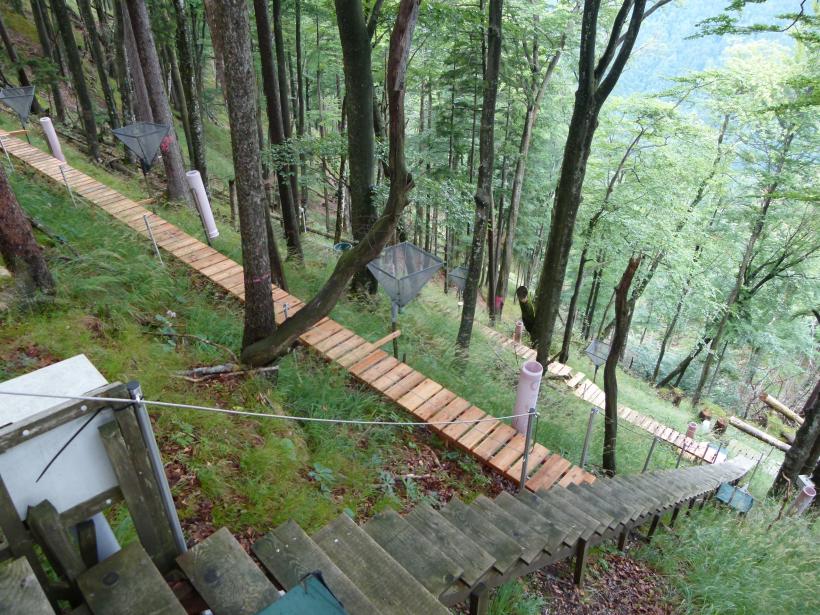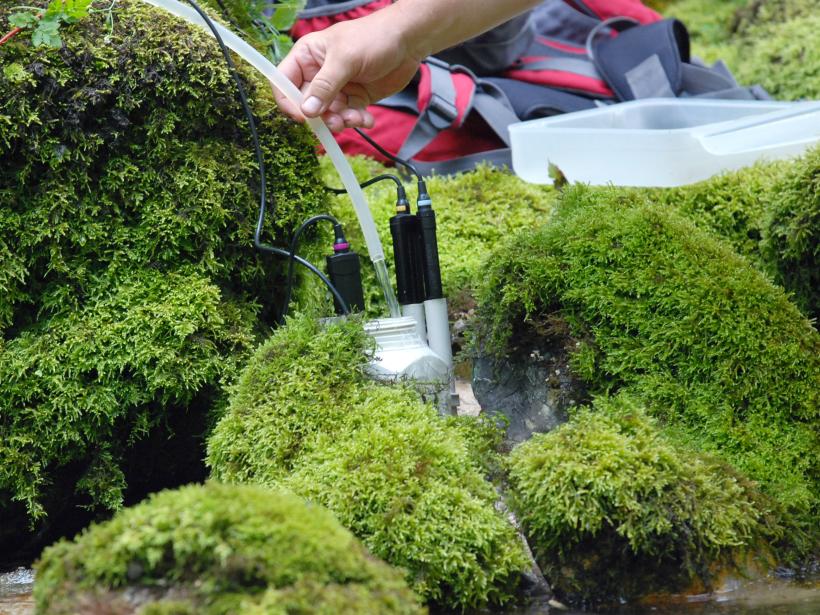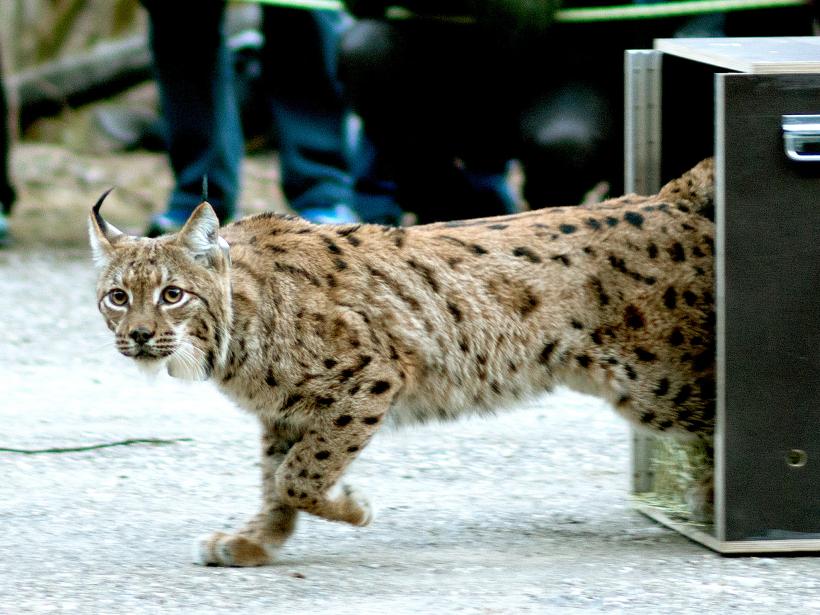NATIONAL PARK
RESEARCH
The Kalkalpen National Park has to fulfill national and
international framework conditions
The former are expressed in the provisions of the Upper Austrian National Park Act and the corresponding ordinances. The area is also subject to the European Union's Fauna-Flora-Habitat and Birds Directives. In 2005, a corresponding ordinance on the "European protected area Kalkalpen National Park" came into force.
Finally, the recognition as a national park by the IUCN and the designation by the Ramsar Committee as a wetland of international importance ("karst water area") should also be seen as a distinction and an obligation.
In all these national and international framework conditions, research is an essential task assigned to the primary goal of area protection. National park research has important functions to fulfill: first and foremost, it is the basis for national park management. Monitoring the success of clearly defined management objectives requires monitoring programs. A prerequisite for this is a prior basic survey of species, habitats and environmental factors.
Linking research from different disciplines in the sense of an ecosystem approach can provide explanations for the causes of changes. Long-term changes in natural parameters in areas that have been kept largely free of human use can be observed primarily in national parks. Last but not least, findings from these research activities are needed as part of the national park's educational mission.
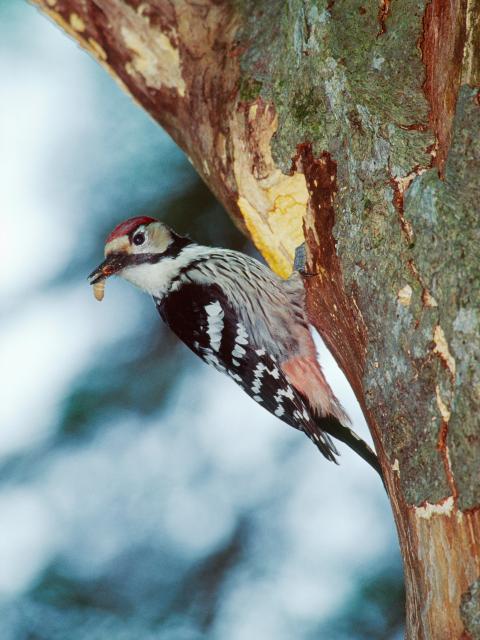
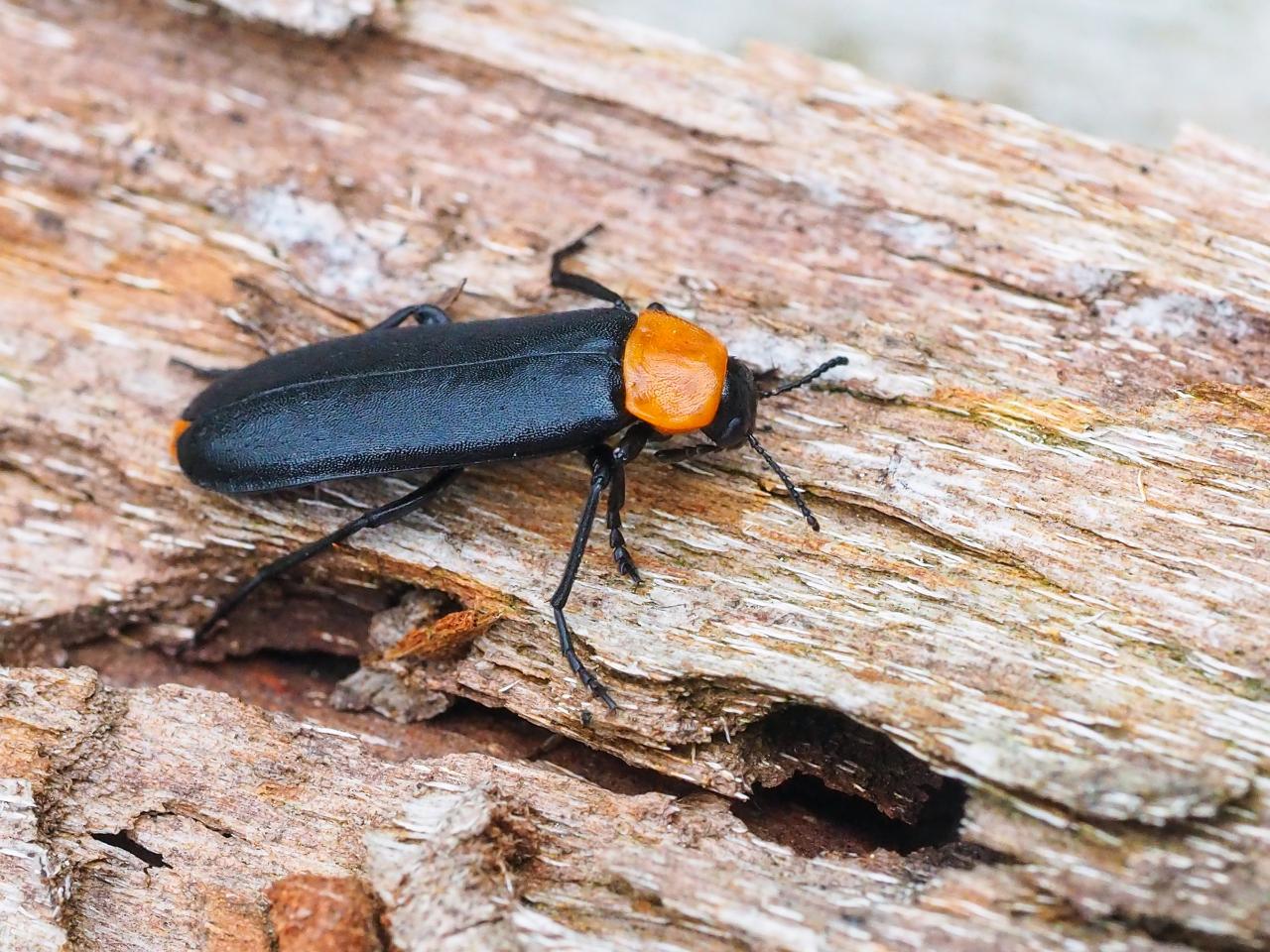
Sensational beetle find
National Park zoologist Erich Weigand made an extraordinary beetle discovery in the World Heritage beech forest at Kalkalpen National Park. With the discovery of the "red-necked dusky beetle", Phyrganophilus ruficollis in Latin, the Kalkalpen National Park is now demonstrably home to one of the rarest beetle species in Europe.
